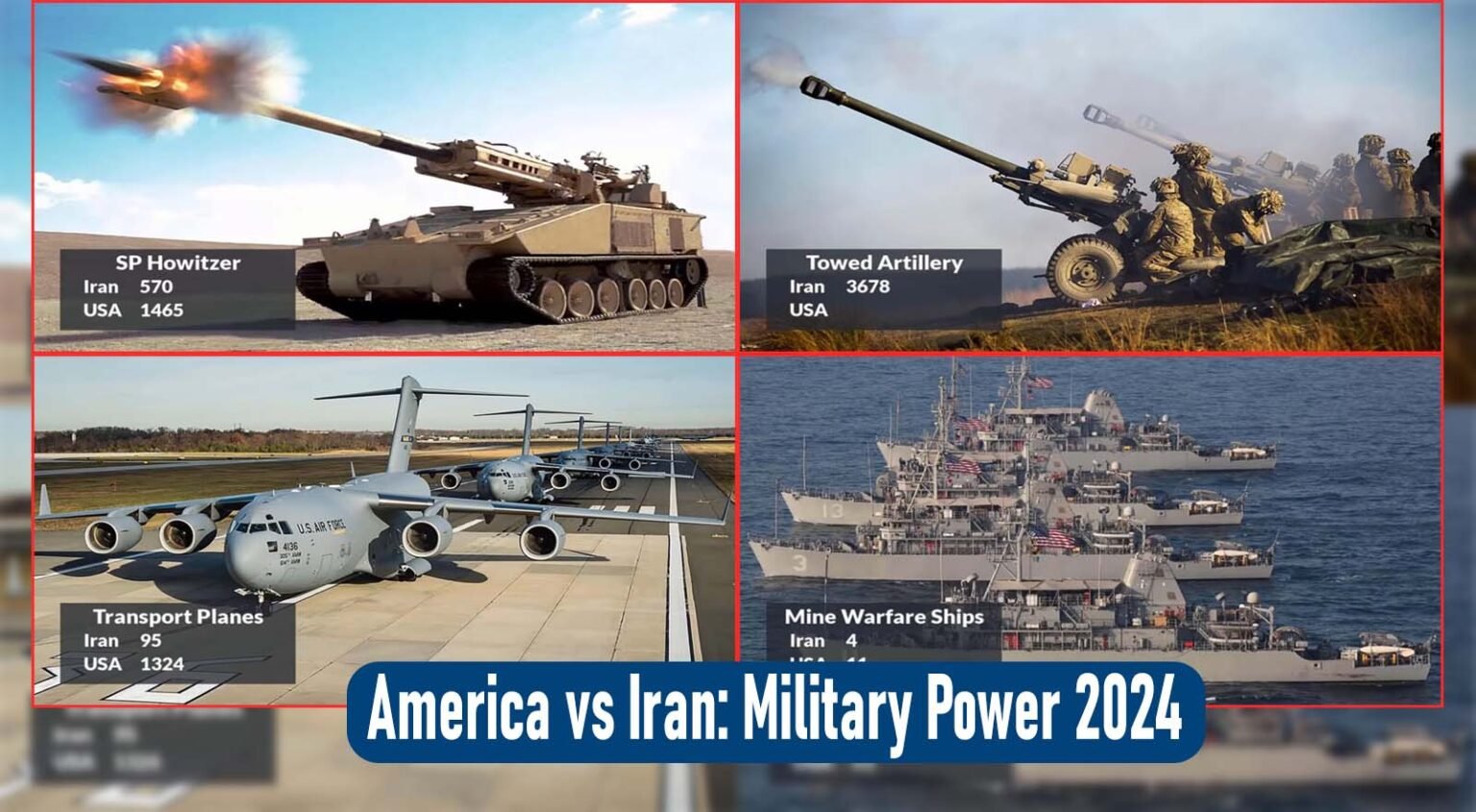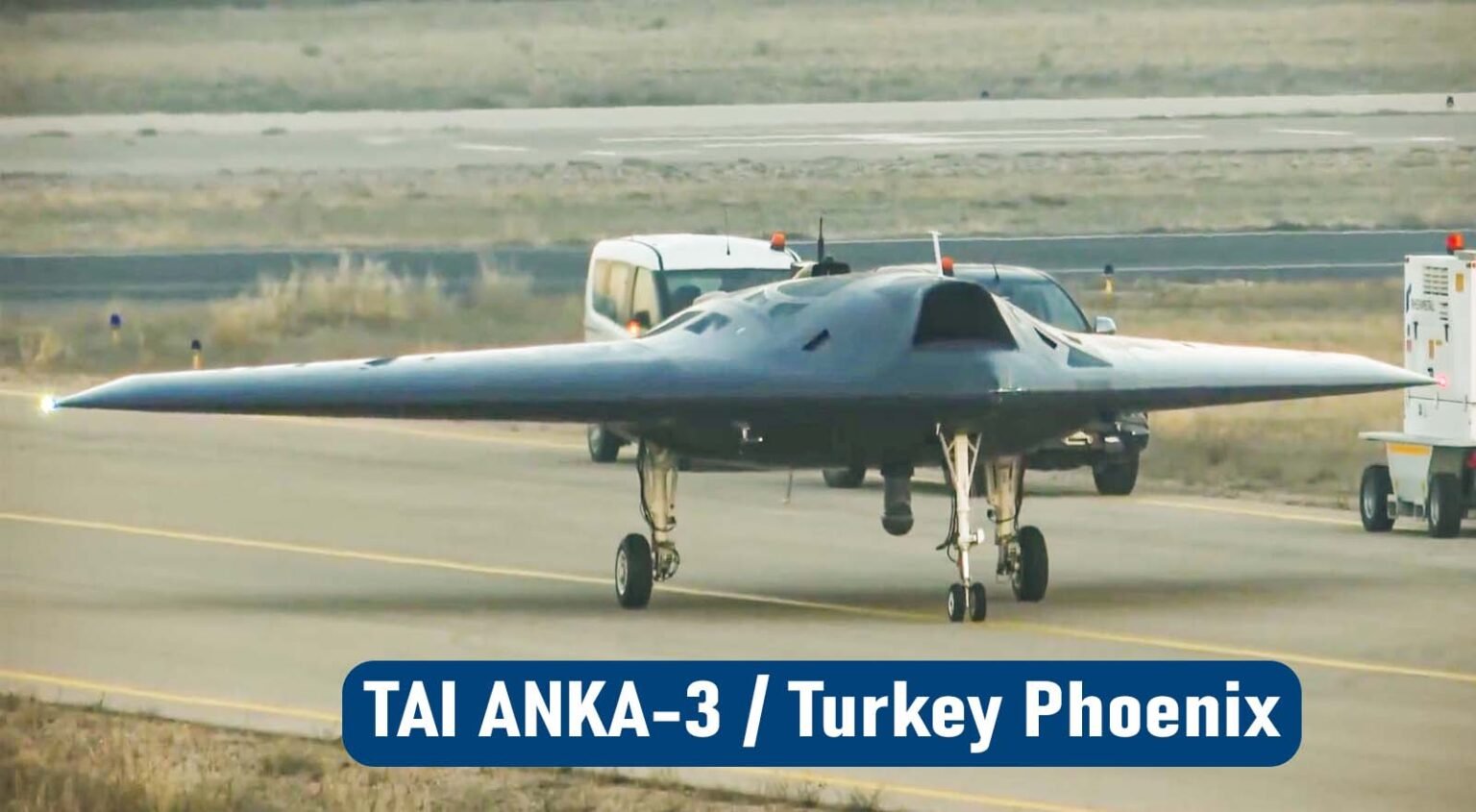The Cybertruck by Tesla- While the name Tesla used to just refer to a famous inventor, it is today associated with both the largest electric car company in the world and the first car ever imagined by society. The business started working on producing electric vehicles in 2003 with the goal of outperforming gasoline-powered vehicles in terms of advancement, speed, and aesthetics. An eight or ten is not like the family truck in terms of design. For the first time, everyone was taken aback by the entirely new design. The car appeared to be a futuristic automobile. Shortly after its creation, about 2.5 million orders were placed to purchase it.
Among the first in the globe was the 2019 Tesla Cybertruck.Direct-to-person ATM The Arif Sahib 34 glass was meant to be bulletproof and unbreakable, but when he threw an iron ball at the class, it broke, embarrassing both the car’s primary creator and the district’s current owner, Enormous. Four years later, he upgraded the vehicle with all For a four-year period, at least half of the people who have already placed preorders for the Cyber Truck have indicated interest in purchasing one. The triangle symbol, which sets the 990 Pakhi Natak apart from all other cars, is its primary selling point.
The 845-horsepower vehicle can go from 0 to 1 mph around the festival in just 2.7 seconds. A front model alteration has occurred. The biggest greenfield Coating in cycles Read about the biggest greenfield renowned fixed doors in literary works Variable Moreover, 5000 kg of load capacity. The windshield’s form is one of the car’s other noteworthy features. The car’s interior design is really striking. The 18.5-inch touchscreen on the Saheb Paribahan manages everything without the need for a manual.
Its interesting feature is that it is less than 180 degrees from the steering wheel, so you don’t want to turn left and right to handle the automobile. It also has 123 and 4 airports in addition to a charging port. Can and does have the option to increase the car’s range to 120 miles by spending an additional $16,000 on a new battery. It will draw people’s attention for a very long period.
Cybertruck’s past:
Elon Musk talked about his intention to construct a truck in 2012 and 2013, drawing parallels with the Ford F-250. Early in 2014, Musk estimated that it would take four to five years for the product’s development to begin.
Musk stated his intentions for a consumer pickup truck in the middle of 2016. He proposed building a pickup truck and a van on the same chassis. In November 2017, a picture of a “pickup truck that can carry a pickup truck” was shown during the launch of the Tesla Semi and Roadster. Musk hinted at showcasing a prototype in 2019 around the end of 2018.After the Tesla Model Y was introduced in March 2019, Elon Musk shared a teaser image of an automobile that was dubbed “cyborg” or “Blade Runner” because it looked like a futuristic armored personnel carrier. The Model B was the rumored moniker for it.
Idea of 2019:
On November 21, 2019 at the Tesla Design Studio in Los Angeles—the same day, month, and place as the Blade Runner movie—the Cybertruck idea was introduced. The vehicle was introduced with the “Cybertruck” graffiti-themed emblem. Tesla said at the launch that the Cybertruck’s “armor glass” windows were almost indestructible, but Franz von Holzhausen hurled a metal ball at two of the windows, shattering them. Musk then stated that the windows were broken because, during a previous presentation, a sledgehammer had struck the door, shattering the glass’s base.The car’s towing capacity was claimed to be on par with or better than a Ford F-150 by the middle of 2019.
Tesla published a video showing the Cybertruck engaged in a tug-of-war, pulling a Ford F-150 with rear-wheel drive uphill. Reporters have pointed out that this is because of Cybertruck’s weight. Tesla’s declared objective was to offer a clean energy substitute for the approximately 6,500 trucks that run on fossil fuels that are sold every day in the United States. Using ramps integrated into the tailgate, the all-terrain vehicle (ATV) Tesla Cyberquad was driven into the Cybertruck’s bed at the conclusion of the demonstration. To charge its batteries, the Cyberquad was hooked into the Cybertruck’s onboard power source. The ATV was offered as a Cybertruck option for purchase.
Holding reservations:
Tesla started taking Cybertruck reservations in November 2019 and required a $100 US payment. In the first 1.5 days following the reveal, Tesla has 146,000 bookings, according to a tweet from Musk on November 23, 2019. On November 26, Musk upped the preorder total to 250,000. While still taking deposits, Tesla withheld information about the Cybertruck’s price and features from its website in October 2021. In December 2021, an upgraded prototype was observed going through testing.
The absence of the truck’s front light bar and the addition of a sizable windshield wiper set the 2019 concept car apart from the updated model. Elon Musk responded to a query at the 2022 annual shareholders meeting by saying that the final details and cost would differ significantly from the concept car’s 2019 unveiling.
production:
In late June 2023, Franz von Holzhausen drove a prototype to an event at the Petersen Automotive Museum. The first Cybertruck was constructed at Gigafactory Texas in July 2023, and Tesla made it clear in October that this was trial production.
Supply:
Specifications for production In late November 2023, cybertrucks are expected to be shipped to Tesla dealerships. On November 30, 2023, Tesla delivered the first 10 or 12 manufacturing units to clients during a delivery event at Gigafactory Texas.The program included a 30-minute presentation that featured a demonstration of the Cybertruck’s protective glass effectively deflecting von Holzhausen’s baseball. A video showing the Cybertruck winning a drag race with a Porsche 911 showcased the vehicle’s acceleration from 0 to 60 mph (97 km/h) in 2.6 seconds, which was the speed at which it was driven during the delivery event.
Musk stated that another Porsche 911 was 1⁄4 miles (0.40 km) long, however it was more likely 1⁄8 miles (0.20 km) based on surface markings and the grandstand location at Sacramento Raceway Park, where the race was recorded. The final cost, availability, and specifics of the device were also disclosed at the delivery event.AWD with two motors, RWD with one motor, and an AWD with three motors known as the “Cyberbeast” were the three variants that were revealed.
The RWD model, which will go on sale in 2025, has a basic price of US$60,990. Its maximum speed was 112 miles per hour (180 km/h), and its range was 250 miles (400 km). In 2024, all-wheel drive will be offered for $79,990, with a top speed of 130 mph (210 km/h) and a range of 340 miles (550 km). Priced at $99,990, the tri-motor Cyberbeast version will likewise be accessible in 2024. Base prices were far higher than when the Cybertruck concept was first unveiled in 2019—ranging from $21,000 to $39,000, depending on the model—a 52% rise to 82.1%.

Motive and styling:
Musk claims that the Blade Runner and “Wet Nellie,” the Lotus Esprit that James Bond drove in The Spy Who Loved Me and which also functioned as a submersible, served as inspiration for the design of the Cybertruck. In June 2019, Musk stated that Tesla has a design for an amphibious car and acknowledged that they were a theoretical possibility. At a 2013 Sotheby’s auction, Musk purchased the Wet Nellie that was utilized for filming. The question “Why doesn’t the future look like the future?” was cited by Musk’s son Saxon in a Walter Isaacson book. Musk utilized this comment as inspiration for the design and reiterated it during the delivery event.
Elon Musk added that it needed to have the functionality of a pickup truck and drive like a sports car, according to Lars Moravy, who verified Musk’s involvement. In essence, we were perspiring profusely.” According to Franz von Holzhausen, “unpacking existing pick-up trucks and realizing that the market hasn’t changed at all” was the first step in the design process. Similar to Gandini, we desired to take a drastic action that would alter everything. I started out with this simple concept for an exoskeleton—a truck with a low resolution appearance. We also created a life-size clay model to present to Elon as a result of that side effort.
Exterior:
Stressed skin construction—referred to by Tesla as a “exoskeleton”—is used in the Cybertruck. Instead of the conventional truck body-on-frame design, this structure is employed. Musk compared it to the structural differences between monoplane and biplane airplanes. Tesla made it clear in its 2021 patent application that the car would have a frame, but it also stated that the outside panels protected the vehicle from side impacts and supported at least one internal trim panel, motor, grip, or hinge.
The 300-series stainless steel, cold-rolled to a maximum thickness of 3 mm (1/8 in), is used to make the body panels. Instead of being stamped like regular car parts, these panels are twisted along straight lines after being laser-cut, creating a faceted design that was coined “low-poly” in 2019 and compared to origami. It was shown that the external stainless steel sheet metal was bulletproof. Due to its uniform stress distribution and larger interior space, it was apparently going to use the same stainless steel alloy that Tesla and Aperam developed in 2019 for Musk’s SpaceX Starship rocket. Titanium outer panels were suggested in previous design proposals, however stainless steel provided more strength
Engine or motor:
Using only one permanent magnet motor rotor/stator, one induction motor rotor/stator, one motor inverter, and one gear set design, Tesla uses a platform approach to the powertrain components for all three Cybertruck configurations: tri-motor AWD, dual-motor AWD, and single-motor RWD. The tri-motor version of the Cybertruck can deliver 845 horsepower (630 kW), while the single-motor version can only produce 315 horsepower (235 kW). Each motor’s whole powertrain, including the inverter, rotor/stator, and 15:1 gear set, is housed in a liquid-cooled integrated subassembly.
For a total power output of 600 horsepower (450 kW), the dual-motor AWD version uses a permanent magnet motor on the rear axle with a maximum output of 297 horsepower (221 kW) and an induction motor on the front axle with a maximum output of 303 horsepower (226 kW). The “Cyberbeast” tri-motor AWD version adds a second induction motor to the rear axle and switches the motor locations (permanent magnet to front axle, induction motor to rear axle.
This allows for a maximum combined output of 845 horsepower (630 kW) in Beast Mode, which is divided into 276 horsepower (206 kW) for the front motor and 284 horsepower (212 kW) for each subsequent motor. A single permanent magnet motor will be installed on the rear-wheel-drive variant, which is scheduled to go into production in 2025.
Battery, range, and charging:
Cyberbeast versions have a range of 320 miles (510 km), while dual motor all-wheel drive is provided with an estimated range of 340 miles (550 km). An RWD variant with a 250 mi (400 km) range was unveiled on November 30, 2023, with delivery scheduled for 2025. With a maximum capacity of 123 kWh and an 816 V nominal, 150 Ah structural battery pack, the Cybertruck is said to be able to charge at a maximum rate of 350 kW at suitable charging stations that offer 800V DC power, such as the Tesla Supercharger v4.
The battery pack, which is made up of 4680 lithium-ion cells and has an energy density of 170 Wh/kg overall, acts as a structural component. It weighs about 720 kg (1,590 lb) total. It is divided internally into two parallel 400V sub-batteries at 400V DC stations, like the older Superchargers, so that it can charge naturally at a maximum rate of 250 kW without requiring internal power conversion. After 15 minutes of charging, you can add up to 128 or 136 mi (206 or 219 km) of range (tri-motor or dual-motor variants, respectively). The greatest amount of AC power that the onboard charger can accept is 11.5 kW.

extending range:
An additional 50 kWh battery can be added to the vehicle by ordering the “range extender” option for the dual-motor and tri-motor variants. About one-third of the truck bed is taken up by the battery, which extends range by 120–130 miles (190–210 kilometers). It is designed for hauling heavy objects over mountains or for lengthy excursions.
Tesla made the trade-off of including fewer battery cells in the standard configuration in order to produce more vehicles with a limited 4680 cell production capacity, while still enabling the smaller number of use cases that require the increased energy storage to purchase it as an option. This is because the majority of pickup truck daily usage is far less than 100 mi (160 km).
The cost of the range extender is $16,000 USD. At the November 2023 delivery event, neither the charging rates nor the architecture of the optional range extender battery were mentioned.
Area for cargo:
72 inches (1,800 mm) in length and 48 inches (1,200 mm) wide make up the cargo bed. There is a 67 cubic foot (1.9 m3) storage space inside, protected by a motorized roller shutter-style tonneau cover. Because of the extra protection it supposedly offers, Tesla refers to the tonneau as “the vault bed cover”.
Sloped side walls characterize the cargo bed. The rearview mirror’s ability to observe the rear is obstructed when the tonneau is closed, covering the rear window. The middle screen, instead, displays the picture from a rear-facing camera.In [104] A storage space beneath the main floor, behind the back wheels, LED light strips on either side of the bed, and 120 and 240 V AC outlets are also present in this area.
Safety mechanism:
Safety experts are concerned that the Cybertruck’s angular form and rigid stainless-steel body could harm bikers and pedestrians as well as other vehicles on the road. The “exoskeleton” exterior’s high stiffness, which may reduce crumple zones, has drawn particular attention. Leg injuries sustained by pedestrians may be more severe due to the truck’s tall, flat front. Tesla has defended the design, claiming that in the event of a collision, the truck’s structures would absorb an impact.
“Highly confident” that the Cybertruck will be safer for pedestrians and occupants than other vehicles, Tesla CEO Elon Musk stated in a social media post. In an interview with automotive analyst Sandy Munro, he added that the Cybertruck had cleared the regulatory evaluation process in the US.
***** We have compared Turkish drones to. Some of these are HESA Shahed 136, Baykar Bayraktar Kızılelma and TAI ANKA UCAV and ANKA
***** You can check out the fighters F-16 Fighting Falcon, F-22 Raptor, Sukhoi Su-57, F-35 Lightning II, TF-X KAAN, KAI KF-21 Boramae and Chengdu J-20.
***** We have compared this Sukhoi Su-57 vs F-35 Fighter jet, f-22 vs su-57, f-22 vs j-20, kf-21 Boramae vs tf-x KAAN, f-22 Raptor VS kf-21 Boramae, F-22 Raptor VS TAI TF-X KAAN, f-16 vs tf-x, f-35 vs f-16 and America vs Russia military power comparison 2024. If you are interested in the military, you can check it out by clicking here
***** You can go to the Tesla-Cybertruck official website and learn about their cybertruck. To visit the website click here.






